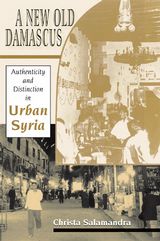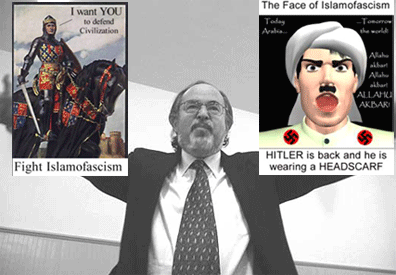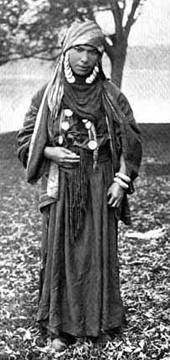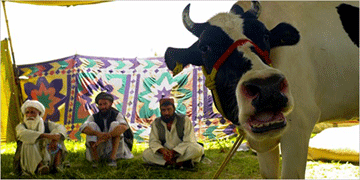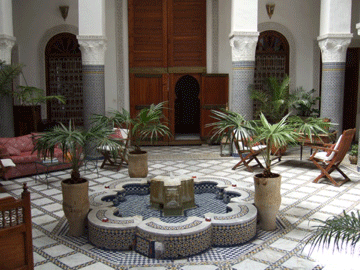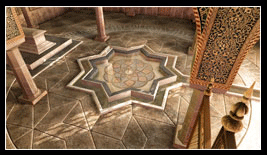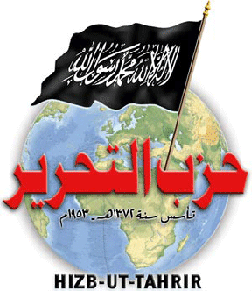
by Abdullah Al Rahim
What is it that makes people slaughter one another in the name of religion? Which among all these warriors can claim the integrity to dictate the terms by which God is to be venerated and who is to be slaughtered in God’s name? They call these sects Sunni and Shia. So I ask, which one of these post-Prophet innovations called sects did the holy Prophet Muhammad belong to? Which of these slaughters will he approve of, should he come back today?
We hear in mosques every time the word Bida’a [innovation] which is used to fight anything new we come up with, even if it is positive. So let me ask both, Sunnis and Shias: what are these sects? are they not innovations [Bida’a]? They are the most dangerous of all innovations which have never united but always divided the house of Islam. Continue reading This Split within Islam Must End
